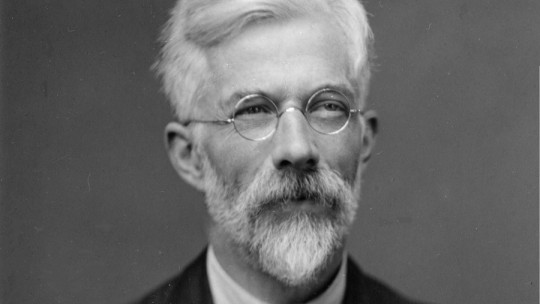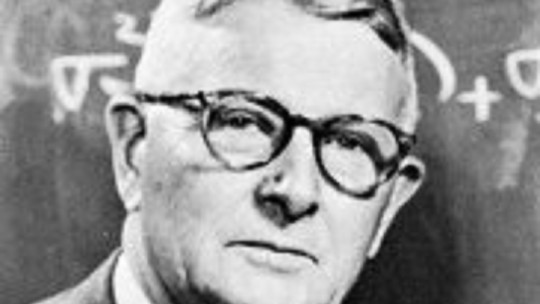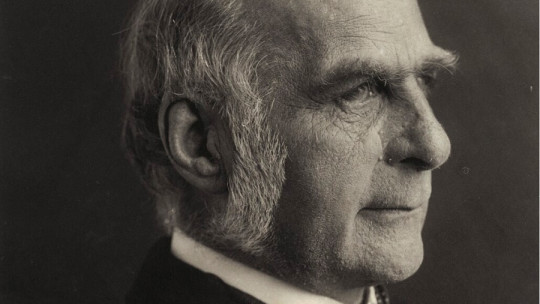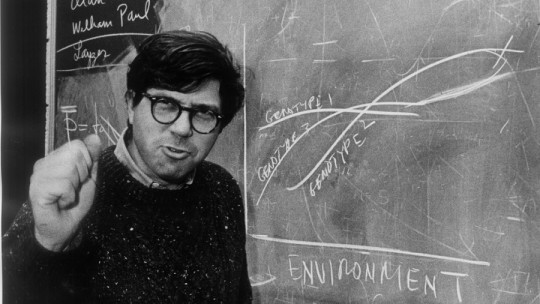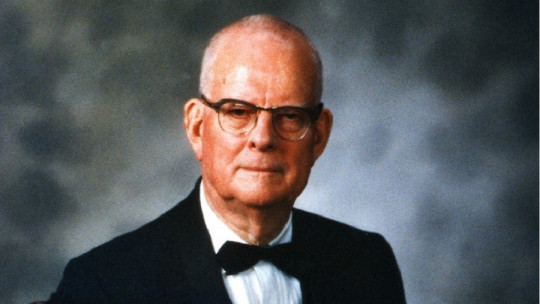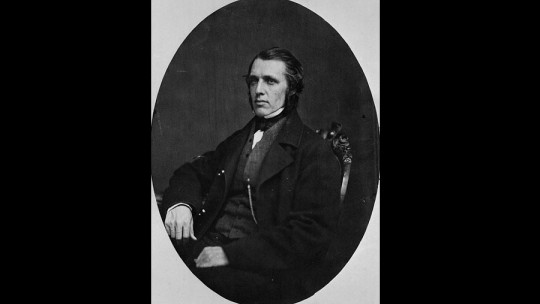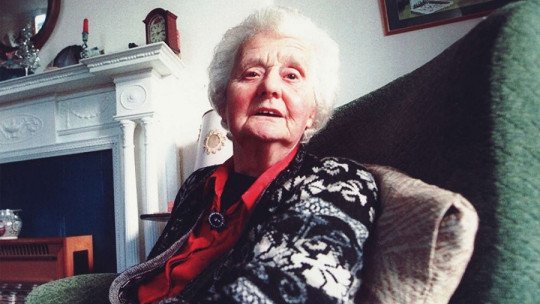Sir Ronald Fisher was a statistician and biologist well known for having been the author of several equations that are still used today in the world of natural science research.
Although his life is extensively prolific, being the author of several articles and a great researcher, he is also known for being in favor of eugenics and rejecting the idea that all people, regardless of their race, are equal.
Let’s see below a biography of Ronald Fisher which is marked by chiaroscuros and some controversies.
Ronald Fisher Biography
Next we will see the life of Ronald Fisher, which is characterized by a long scientific career and statistical findings, as well as some controversy.
Early years
Ronald Fisher was born in London, England, on February 17, 1890, into a middle-class family. Throughout his life he had very poor vision although not reaching blindness, but it still prevented him from being part of the British Army during the First World War.
At fourteen years old He enrolled at Harrow School, where he won a medal for his excellent mathematical abilities That is why in 1909 he earned acceptance into Cambridge schools to expand his mathematical knowledge.
He later earned a degree in this science and was able to start working as a statesman.
Career and training
During the period between 1913 and 1919, Ronald Fisher worked in the City of London. Over there, In addition to working as a statesman, he taught physics and mathematics in public schools including Thames Nautical Training College, and Bradfield College.
In 1918 he published one of the works that gave him the most popularity and prestige: The Correlation Between Relatives on the Supposition of Mendelian Inheritance.
In this work introduced the concept of variance and proposed its analysis using statistics , and in it some of the first ideas about population genetics are raised. In the text he demonstrated that natural selection can change the frequencies of the alleles of a certain gene in the population.
Years at Rothamsted
In 1919 he began working at the Rothamsted Experimental Station, where he would remain for a period of 14 years. There he analyzed a large amount of data on studies that had been carried out since 1840.
That same year he was offered a place in Francis Galton’s Laboratory at the University of London, which at that time was headed by Karl Pearson. However, Fisher opted to take temporary work in Rothamsted. It was during these years that performed the first application of analysis of variance (ANOVA)
In his 1924 article called On a distribution yielding the error functions of several well-known statistics together he presented several statistical tests, among which the Pearson chi-square and William Gosset’s student’s t test can be highlighted.
It is in this document that he introduces a new statistical method, which, decades later, would be known as Fisher’s F
In 1931 he stayed for six weeks at the Statistical Laboratory in Iowa, where he gave several lectures and had the opportunity to meet several statesmen, including George W. Snedecor.
Years in London
In 1933, Fisher took leadership of the eugenics department at University College London
In 1935 he published The Design of Experimentsa book in which he argued how important the use of statistical techniques was to justify the methods in research.
In 1937 he would publish a document, The wave of advance of advantageous genesin which proposed an equation to explain the expansion of advantageous alleles of a certain gene in the population. In that paper he introduced one of the most famous equations in statistics, the Fisher-Kolmogorov equation.
That same year he visited the Indian Statistical Institute in Calcutta, where he had the opportunity to meet great minds in the discipline from the Indian subcontinent.
In 1938, together with Frank Yates, described the Fisher-Yates algorithm mathematical calculation whose original purpose was to serve in research in biology, medicine and agriculture.
Personal life
Ronald Fisher married Eileen Guinness, with whom he had two sons and six daughters. The marriage broke up during World War II, a conflict in which one of his sons died in combat.
Fisher He was an adherent of the Church of England and extremely conservative , although also a great scientist and defender of rationalism in research. In the academic world he was known for being the typical over-the-top professor, who cared more about explaining the content of the lesson by rambling rather than anchoring himself to a strict class script. He was also known for giving little thought to his style of dress, dressing rather sloppily.
One of the things that stands out the most about Fisher is that He was part of the Society for Psychical Research an organization that is responsible for investigating paranormal events, but from a more or less scientific perspective and trying to put aside pseudoscientific and mythological interpretations of them.
Last years
In 1957, Fisher retired and decided to emigrate to Australia, where he was granted a place as an emeritus researcher at the Australian Commonwealth Scientific and Industrial Research Organization (CSIRO) in Adelaide. It was in that same city where he died, on July 29, 1962.
Controversies
Although Fisher was a great scientist, had a vision of how humanity should be organized based on eugenic and racist pretexts
In 1910 he joined the British Eugenic Society at Cambridge University. Fisher considered eugenics to be a good method of dealing with social pressures.
in his book The Genetical Theory of Natural Selection He explained that one of the reasons why great civilizations fell was because their most powerful classes, at some point in history, had been less fertile, making the lower classes, seen as inferior, have greater weight in society demographically speaking, which ultimately implied their greater sociopolitical weight.
In 1950 Fisher was against the debate on race proposed by UNESCO, believing that there was solid evidence to defend the idea that races were significantly different and that, therefore, there should be differences in their treatment. towards their individuals.
Controversy with tobacco research
Fisher was openly critical of research carried out in 1950 in which tobacco smoking was linked to cancer. The specific investigation ensured that tobacco was behind the disease.
However, Fisher did not consider this statement to be correct, since Correlation does not imply causation , that is, the fact that two events occur more or less evenly does not necessarily imply that one causes the other. There are those who say that Fisher expressed this criticism because he was a chain smoker and that, furthermore, the tobacco industry was suspected of having bribed him to support it.
However, this is not true, since what I was doing was simply indicating that stating that one factor, in this case tobacco smoking, was primarily responsible for the other, in this case cancer, was not strictly true.
Yes ok Nowadays no one doubts how harmful tobacco consumption is an important lesson can be drawn from this anecdote: we should not believe that because two or more things happen at the same time, they are responsible for the others, something that many investigations and media fail to affirm without the adequate tests.

